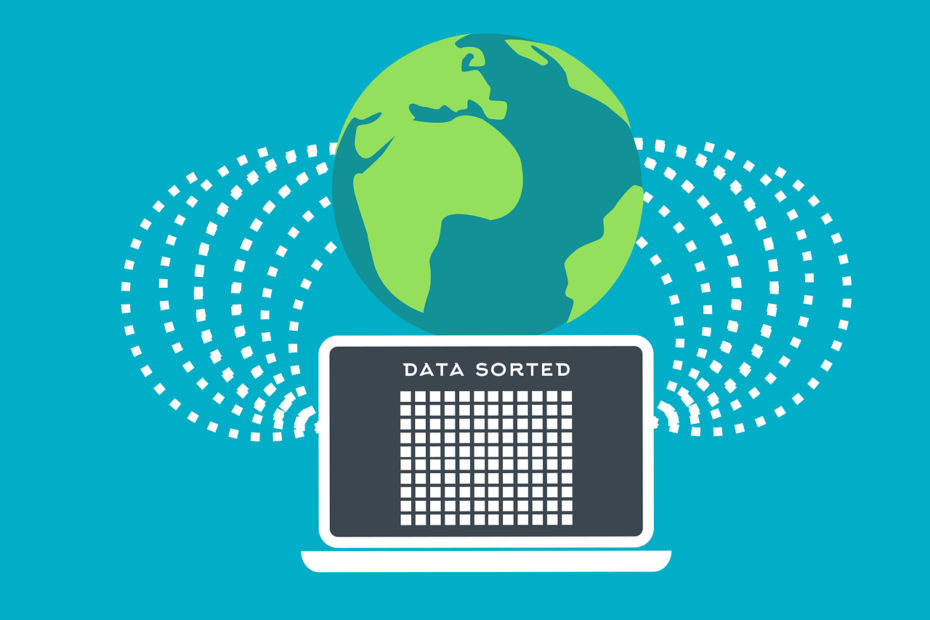Introduction
Introduce the concept of Big Data and its growing importance in the business landscape. Highlight how data-driven decision-making is becoming crucial for competitiveness.
1. Understanding Big Data
- Definition and Characteristics: Define Big Data and explain its key characteristics (volume, velocity, variety, and veracity).
- Sources of Big Data: Discuss various sources of data, including social media, IoT devices, customer interactions, and transactions.
2. The Role of Big Data in Business
- Data-Driven Decision Making: Explain how businesses leverage data analytics to inform strategic decisions.
- Market Insights: Discuss how companies use Big Data to gain insights into market trends, customer behavior, and competitive landscapes.
3. Applications of Big Data in Various Industries
- Retail: Explore how retailers use Big Data for inventory management, personalized marketing, and customer experience enhancement.
- Healthcare: Discuss the role of Big Data in patient care, predictive analytics, and improving operational efficiency.
- Finance: Highlight how financial institutions utilize data analytics for risk assessment, fraud detection, and investment strategies.
4. Benefits of Big Data
- Enhanced Efficiency: Analyze how data analytics can streamline operations and reduce costs.
- Personalization: Discuss the ability to tailor products and services to individual customer preferences.
- Predictive Analytics: Explore how businesses can anticipate future trends and make proactive decisions.
5. Challenges of Implementing Big Data
- Data Privacy and Security: Address concerns related to data protection and regulatory compliance.
- Integration Issues: Discuss the challenges of integrating disparate data sources and systems.
- Skill Shortages: Highlight the need for skilled data professionals to analyze and interpret data effectively.
6. Future Trends in Big Data
- Artificial Intelligence and Machine Learning: Predict the impact of AI and ML on data analytics and business processes.
- Real-Time Analytics: Discuss the growing demand for real-time data processing and its implications for decision-making.
7. Conclusion
Summarize the transformative power of Big Data in the business world, emphasizing the need for companies to adopt data-driven strategies to remain competitive in an increasingly data-centric landscape.
